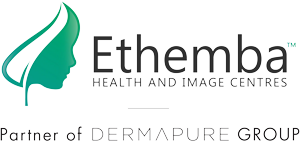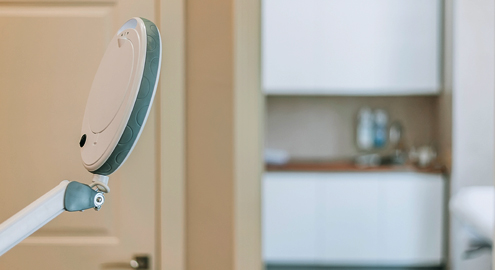Spider Veins FAQ Edmonton/Sherwood Park & Regina
Jump To
What are varicose veins and spider veins?
Varicose (VAR-i-kos) veins are enlarged veins that can be blue, red, or flesh-colored. They often look like cords and appear twisted and bulging. They can be swollen and raised above the surface of the skin. Varicose veins are often found on the thighs, backs of the calves, or the inside of the leg. During pregnancy, varicose veins can form around the vagina and buttocks.
Spider veins are like varicose veins but smaller. They also are closer to the surface of the skin than varicose veins. Often, they are red or blue. They can look like tree branches or spiderwebs with their short, jagged lines. They can be found on the legs and face and can cover either a very small or very large area of skin.
What causes varicose veins and spider veins?
Varicose veins can be caused by weak or damaged valves in the veins. The heart pumps blood filled with oxygen and nutrients to the whole body through the arteries. Veins then carry the blood from the body back to the heart. As your leg muscles squeeze, they push blood back to the heart from your lower body against the flow of gravity. Veins have valves that act as one-way flaps to prevent blood from flowing backwards as it moves up your legs. If the valves become weak, blood can leak back into the veins and collect there. (This problem is called venous insufficiency.) When backed-up blood makes the veins bigger, they can become varicose.
Spider veins can be caused by the backup of blood. They can also be caused by hormone changes, exposure to the sun, and injuries.
What factors increase my risk of varicose veins and spider veins?
Many factors increase a person’s chances of developing varicose or spider veins. These include:
- Increasing age. As you get older, the valves in your veins may weaken and not work as well.
- Medical history. Being born with weak vein valves increases your risk. Having family members with vein problems also increases your risk. About half of all people who have varicose veins have a family member who has them too.
- Hormonal changes. These occur during puberty, pregnancy, and menopause. Taking birth control pills and other medicines containing estrogen and progesterone also may contribute to the forming of varicose or spider veins.
- Pregnancy. During pregnancy, there is a huge increase in the amount of blood in the body. This can cause veins to enlarge. The growing uterus also puts pressure on the veins. Varicose veins usually improve within 3 months after delivery. More varicose veins and spider veins usually appear with each additional pregnancy.
- Obesity. Being overweight or obese can put extra pressure on your veins. This can lead to varicose veins.
- Lack of movement. Sitting or standing for a long time may force your veins to work harder to pump blood to your heart. This may be a bigger problem if you sit with your legs bent or crossed.
- Sun exposure. This can cause spider veins on the cheeks or nose of a fair-skinned person.
Why do varicose veins and spider veins usually appear in the legs?
Most varicose and spider veins appear in the legs due to the pressure of body weight, force of gravity, and task of carrying blood from the bottom of the body up to the heart.
Compared with other veins in the body, leg veins have the toughest job of carrying blood back to the heart. They endure the most pressure. This pressure can be stronger than the one-way valves in the veins.
Should I see a doctor about varicose veins?
You should see a doctor about varicose veins if:
- The vein has become swollen, red, or very tender or warm to the touch
- There are sores or a rash on the leg or near the ankle
- The skin on the ankle and calf becomes thick and changes color
- One of the varicose veins begins to bleed
- Your leg symptoms are interfering with daily activities
- The appearance of the veins is causing you distress
Can varicose and spider veins return even after treatment?
Current treatments for varicose veins and spider veins have very high success rates compared to traditional surgical treatments. Over a period of years, however, more abnormal veins can develop because there is no cure for weak vein valves. Ultrasound can be used to keep track of how badly the valves are leaking (venous insufficiency). Ongoing treatment can help keep this problem under control.
The single most important thing you can do to slow down the development of new varicose veins is to wear gradient compression support stockings as much as possible during the day.
Please call Ethemba Health and Image Centre for your complimentary consultation today






